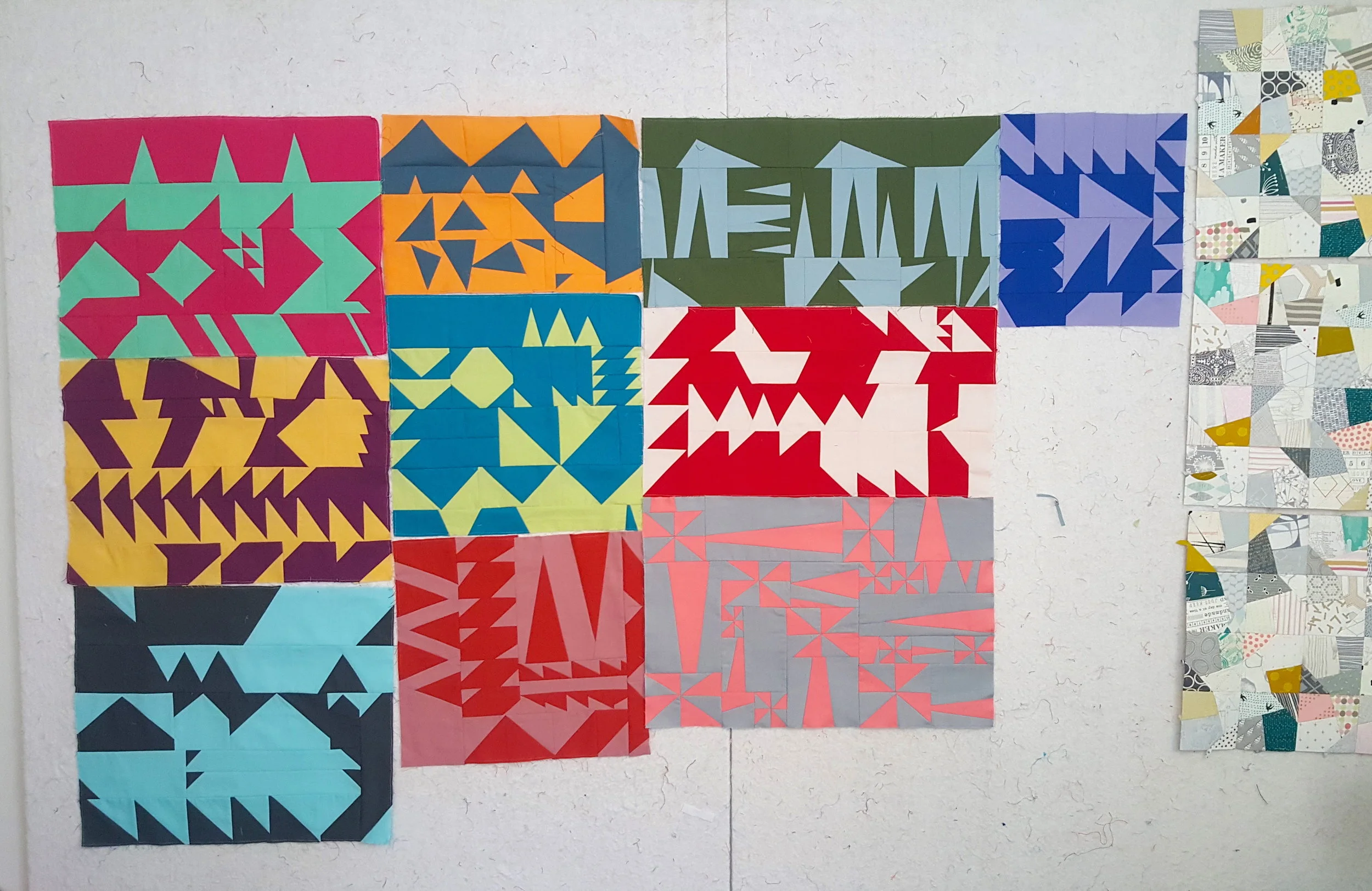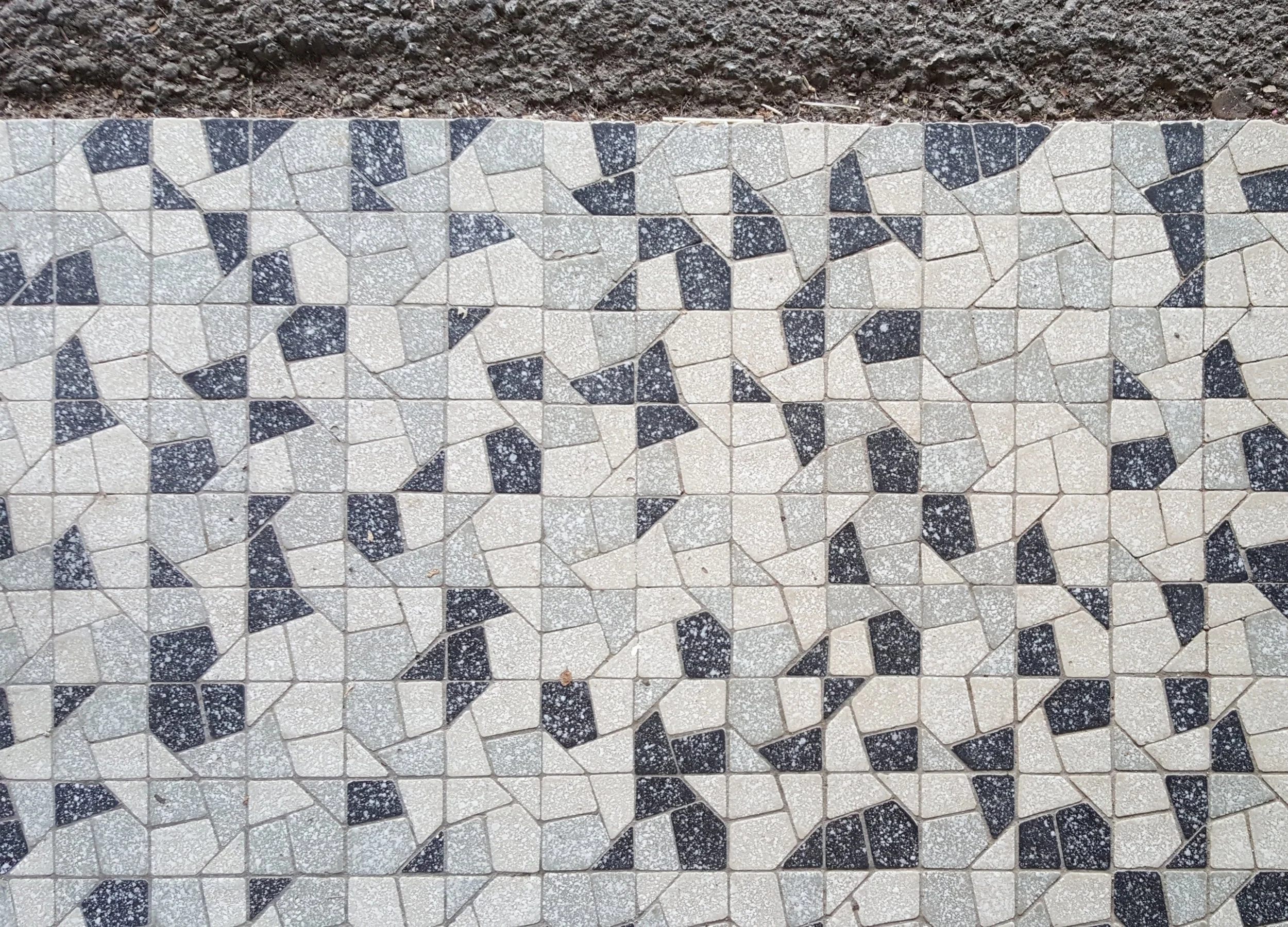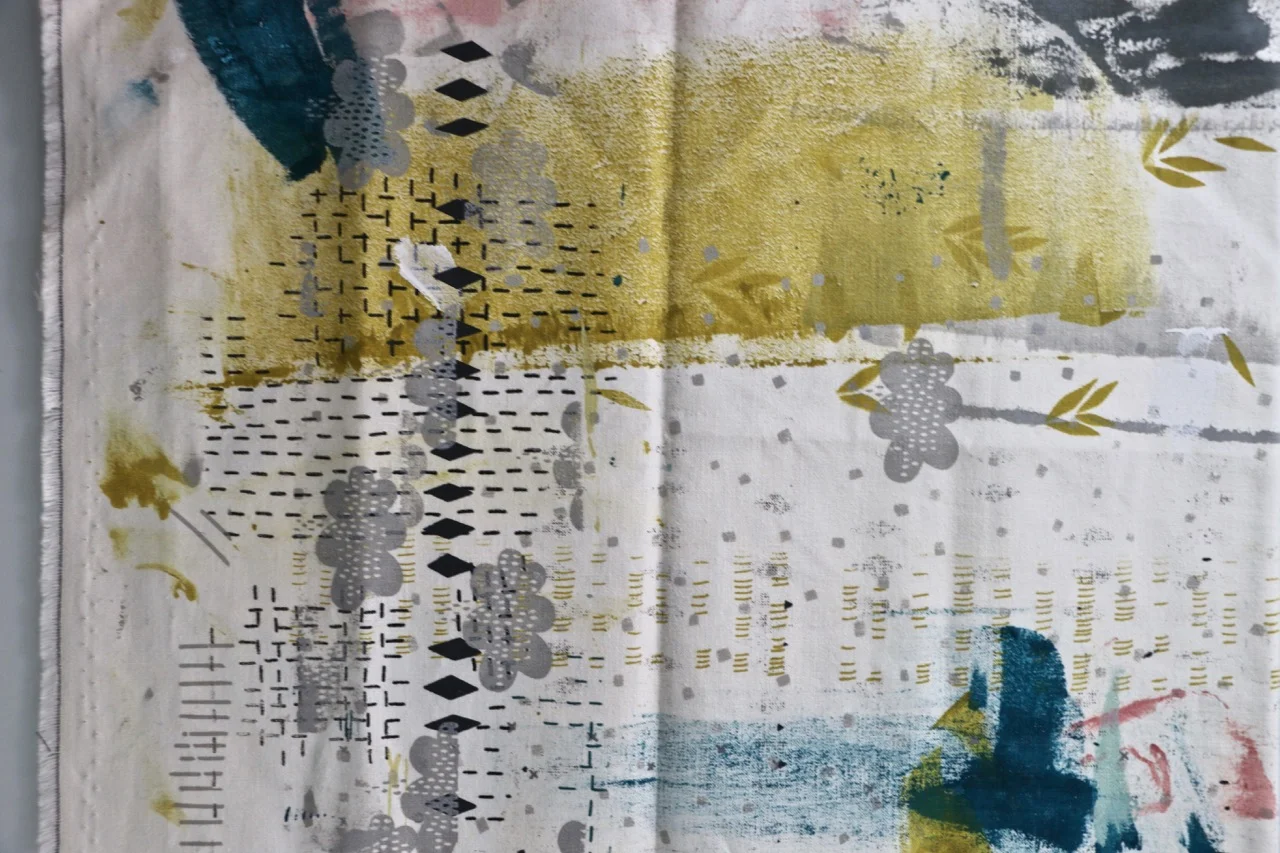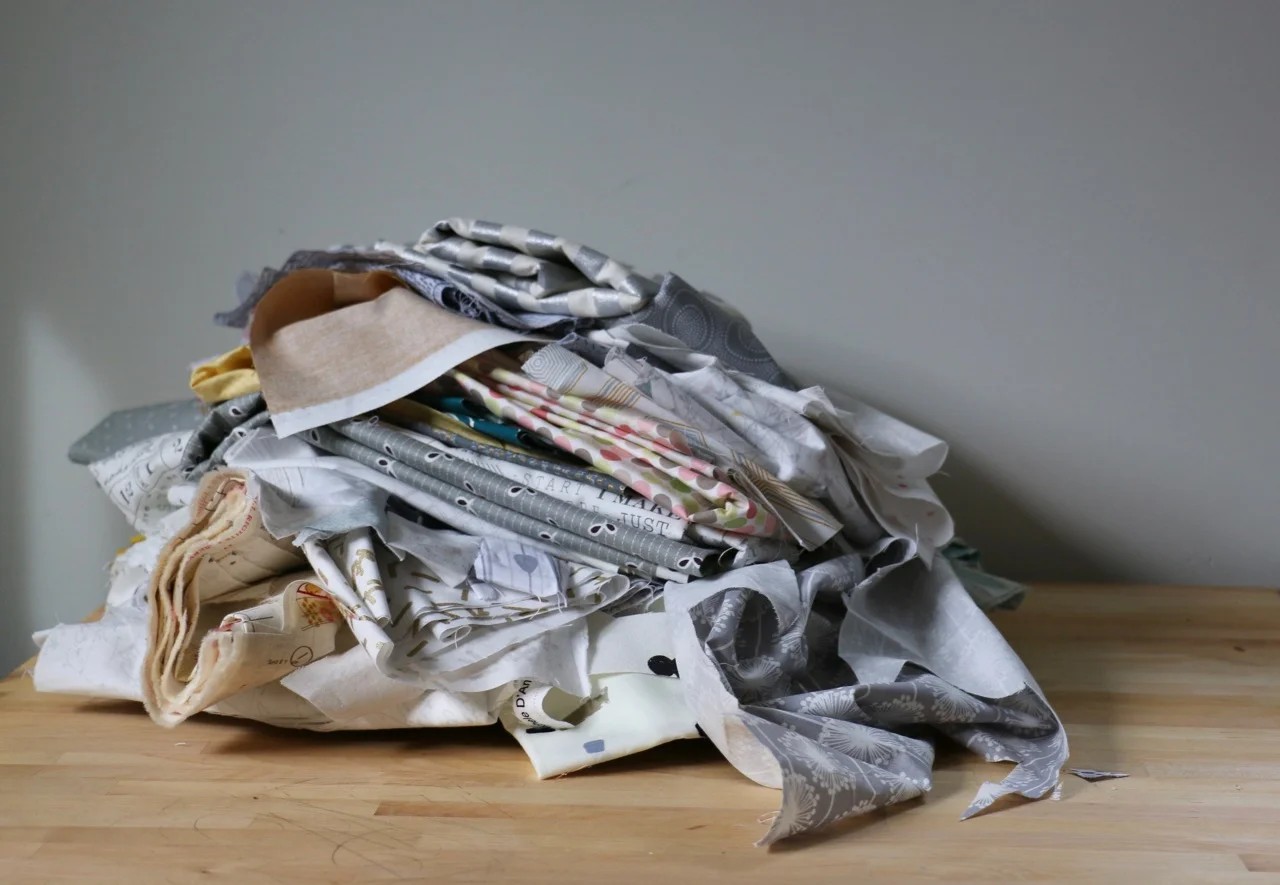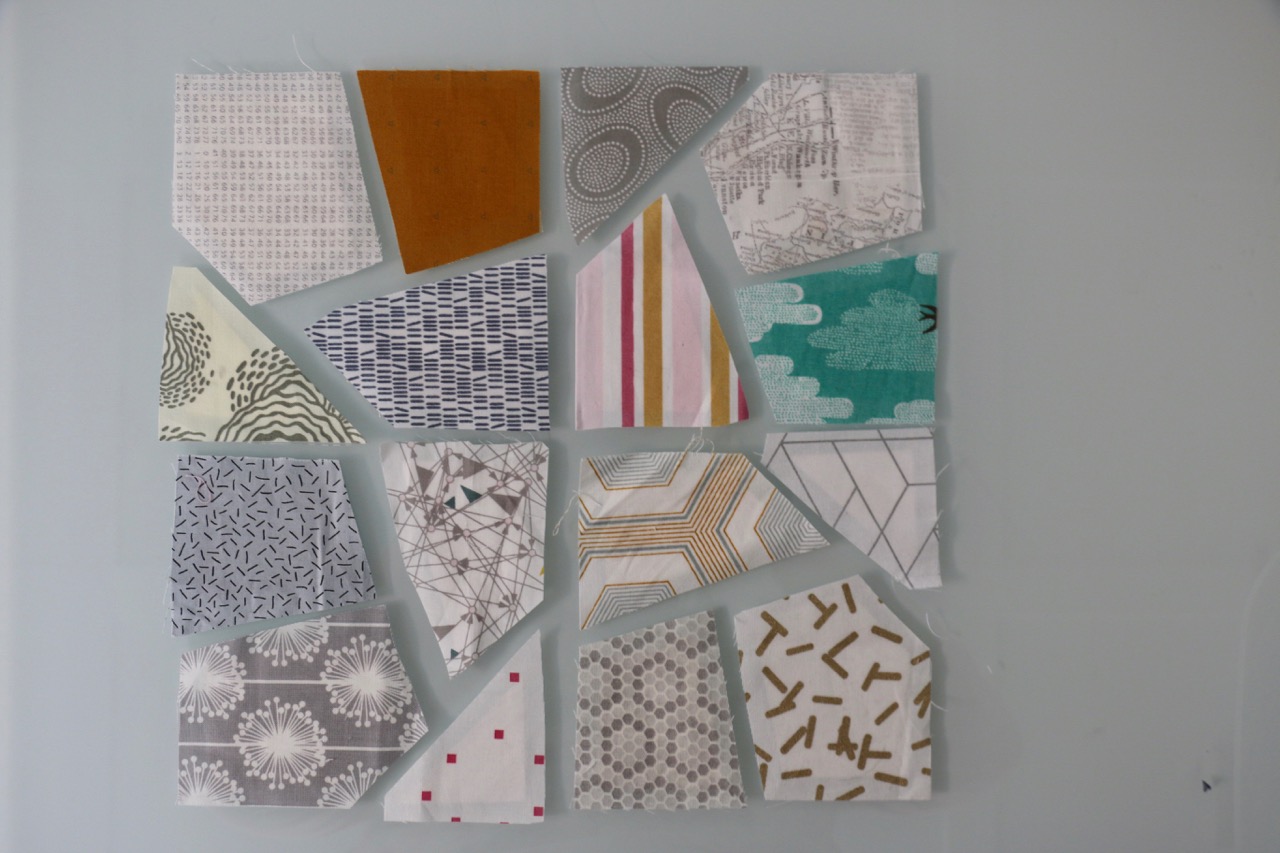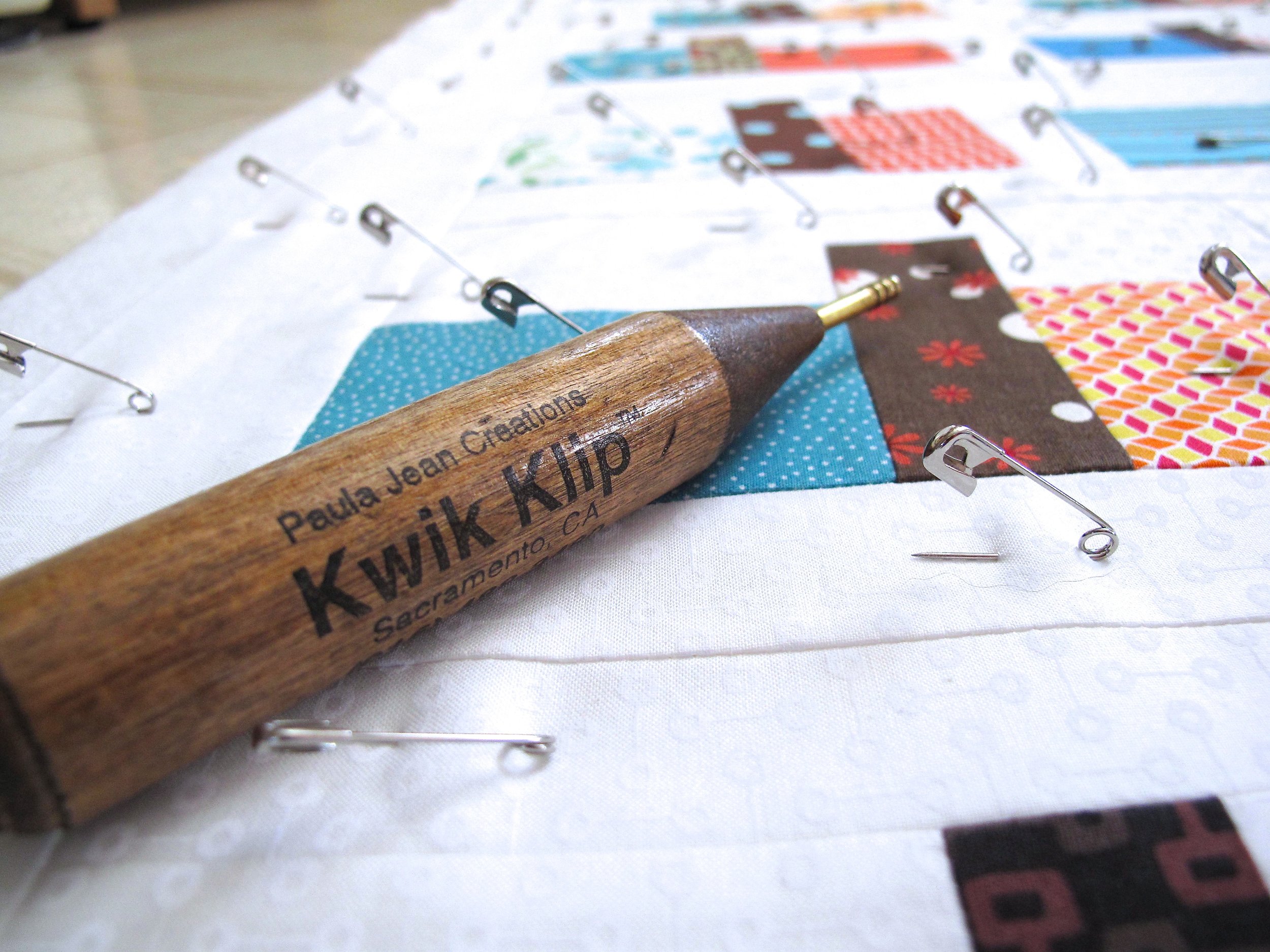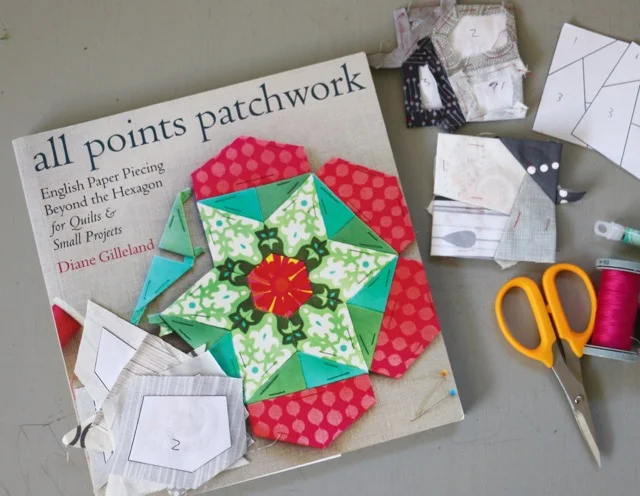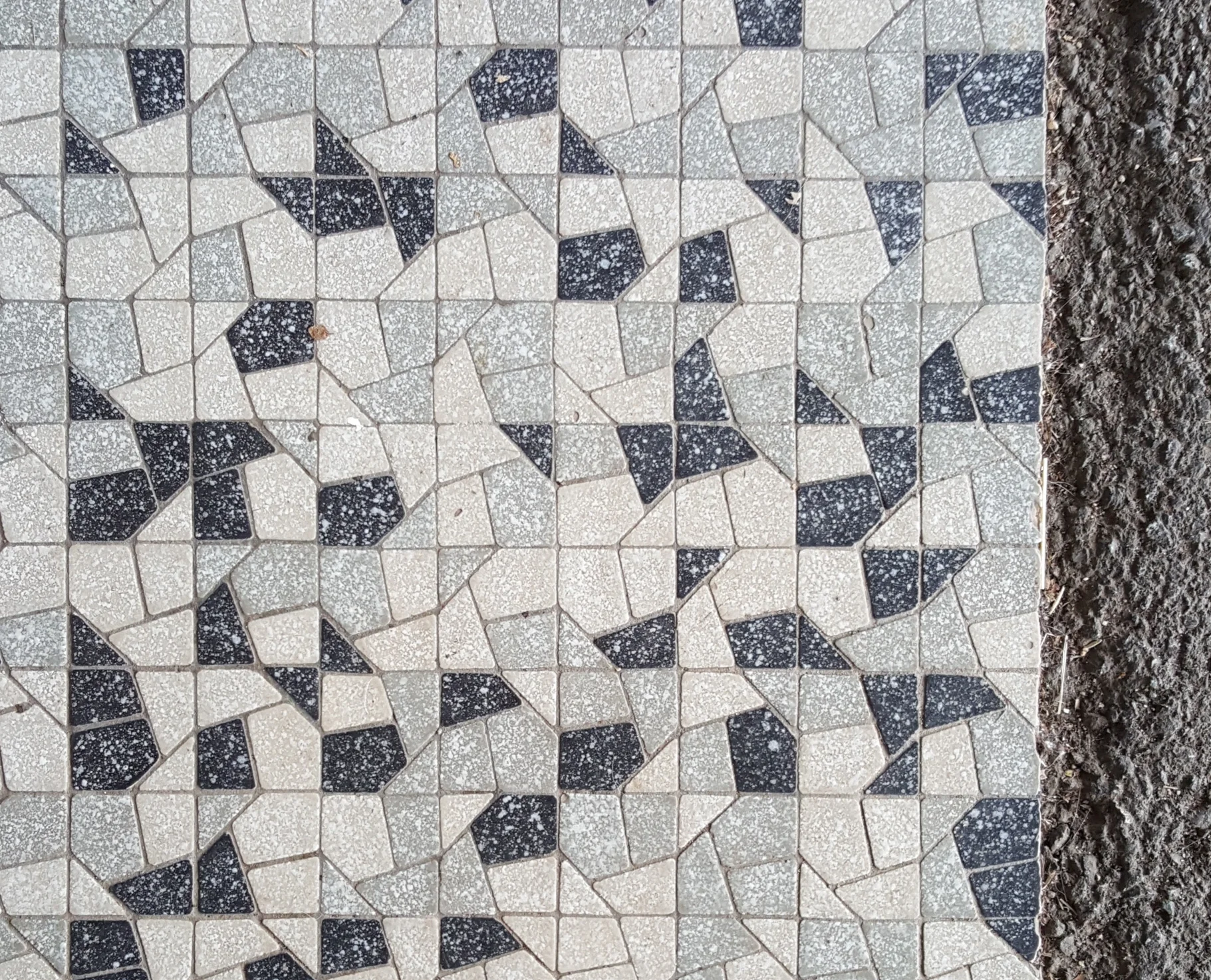A little bit of this, a little bit of that. We sew when we can.
The Improv triangle work started as a class sample. Then I liked it so much I kept playing. Still, I play. I set some parameters for the play. This is always a good thing to do, especially if you find Improv Piecing overwhelming. These are mine:
- Two colour blocks, high contrast in value.
- Only solids.
- Fundamental construction revolves around the techniques I share in my Improv Triangles class.
I've invested in some more solids because my stash is minimal in that department. These are all a combination of Cloud 9 organic Cirrus Solids (so seriously dreamy) and Kona cottons. I work only 2 colours/1 block at a time. No rhyme or reason to my choices other than I think those two fabrics look fun together.
Kids started summer vacation over the weekend. And we were going hard with activities until that Friday night. We are all totally pooped. The sum total of the sewing I've done (minus the quarter circles that got me on a tangent) in the last month is right there on my design wall. Hand sewing my Euroa quilt while still on pool decks and soccer pitches, and little Morning Make triangle bits slowly, ever so slowly adding up. Whether it is after dinner frisbee tossing or sewing triangles together, I'm having fun with this summer playtime.


